Log in or create new account to save this product to your wishlist.

The Ultimate Guide to Lawn Scarification
What is scarifying? Why do you need to do it regularly and how do you get the best results? Here's how to go about it.
🌱 All important maintenance moments for your lawn during the year. Leave your email and we will send you the lawn calendar for free.
Enter your email
Receive the lawn calendar in the mail
Enjoy a green lawn all year round!
Jump into the world of scarifying! Discover what it means, understand why it is necessary to scarify your lawn regularly, and discover the steps to achieve the best results. Follow our hands-on guide to give your lawn the care it deserves for a green and healthy look!
- What is scarifying?
- Why do I need to scarify my lawn?
- When should I scarify my lawn?
- Manual or machine?
- The roadmap
What is scarifying?
Scarifying is a crucial maintenance technique to remove moss or dead organic matter, also known as the thatch layer. This organic layer suffocates the lawn. It can be seen as a form of vertical mowing, designed to give the grass more space for optimal growth.
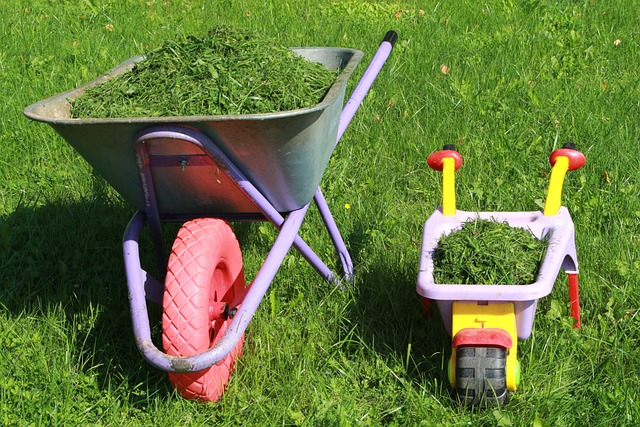
Why do I need to scarify my lawn?
Grass needs space between its plants to thrive, but this space is often taken up by unwanted elements such as moss, weeds or a thatch layer. The thatch layer consists mainly of undecomposed dead organic material, creating a suffocating barrier between the grass and important elements such as water, light, air and nutrients.
By regularly scarifying, you effectively remove the thatch layer and restore grass plants’ access to these essential elements. Moss has a similar suffocating effect on the grass, preventing a lush lawn. Removing moss mechanically via scarification gives the grass room to develop horizontally, resulting in a dense and beautiful lawn.
If lawn problems go untreated and a stubborn thatch or moss gets the upper hand, scarifying becomes an integral part of a lawn renovation. It is an important aspect of lawn maintenance that should ideally be carried out annually. Depending on the condition of your lawn, it can be a considerable job, but the satisfaction of a healthy lawn is worth it.
We have created a scarifying kit especially to make things easier. This kit contains all the necessary products, making the lawn recover faster, preventing the return of weeds and preventing soil acidification, which reduces moss regrowth.

- Controls weed growth
- Restores your grass quickly after scarifying
- Contains everything you need to make your scarifying project a success
When should I scarify my lawn?
Scarifying is most effective when your lawn is in a growth period, which is typically in spring (March to May) and autumn (late August to October).
It is important to remember that grass does not grow below a soil temperature of 10 degrees Celsius. Therefore, use the soil temperature as a yardstick, not the outside temperature, as the soil needs more time to reach the right temperature. Generally, this tends to be at the beginning of March, but measuring is important here.
Choose a day with pleasant weather – not too hot and not too sunny. This not only makes the task more pleasant for you, but is also beneficial for the grass. An overcast day and a light rain shower wouldn’t hurt either!
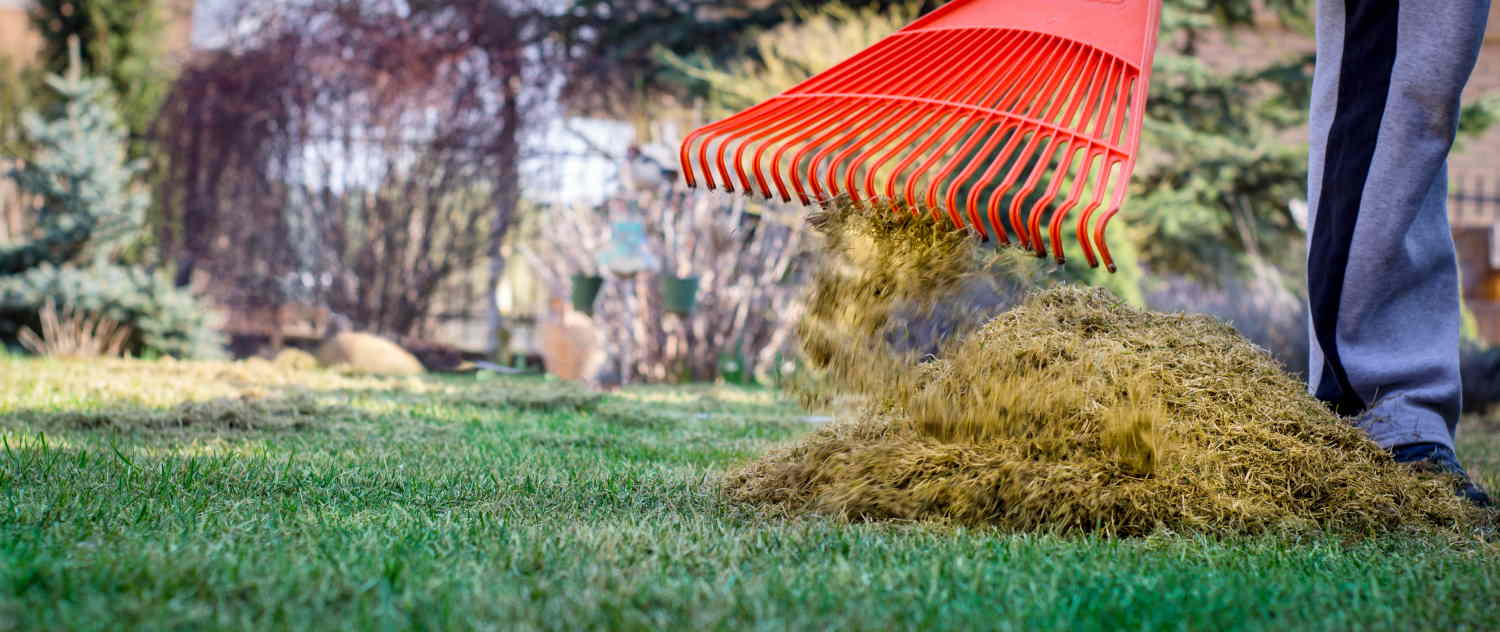
What time of day is best?
Since scarifying leaves small wounds on the grass plants, which can promote dehydration, avoid performing this task in full sun. If unavoidable, choose the end of the day when most of the heat has subsided. After scarifying, proper fertilising and thorough watering of the lawn is essential.
How often I scarify my lawn?
For a lawn with significant thatch and moss, annual scarification is essential to maintain control. If the felt layer is less than 1 cm, every other year is sufficient.
If the layer is 2 cm, it is required annually, especially if grass clippings are left behind, which encourages its growth.
Manual or machine?
You have a choice between a scarifying rake and a scarifying machine.
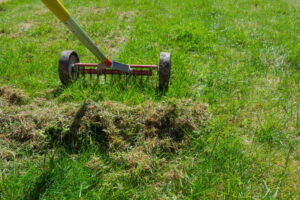
Manual scarification is time-consuming and not recommended for lawns larger than 150 square metres.
When machine scarifying, you can choose between an electric or petrol scarifier. Lawns larger than 500 square metres often require the petrol option due to the limited reach of the cord. For significant moss removal, the extra power of a petrol engine is recommended.
Since a scarifier is needed annually, renting may be more economical than buying one. These can often be rented from garden centres, DIY stores or local garden machine specialists.
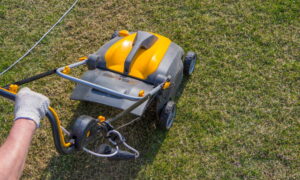
Want to learn more about all of this? Have a peek here.
The roadmap
Ready to get busy? Follow these steps for maximum results!
Step #1: Mowing the lawn short
It’s important to mow the lawn properly before you get started. If you don’t do this, you will find that the job will be very tough! Mow the grass at a height between three and five centimetres to make the job easy for yourself.
Read up on our tips on mowing the lawn here.
Step #2: Scarifying
A common mistake is going too deep into the ground with the tools, making the task unnecessarily heavy. A maximum depth of 5 millimetres is sufficient for moss removal and promotes the release of growth hormones for the repair process.
When in doubt, it is best to start at the most unremarkable spot and assess the result.
Step #3: Repeat, for optimal result
Repeat the process at least twice for full coverage. Work longitudinally first and then at a 45-degree angle to reach every part of the lawn.
Why scarify at a 45-degree angle instead of perpendicular to the first direction?
Easier work for the operator
Less strain on the machine
Less intensity for the lawn
Faster recovery of the turf
If the lawn is in poor condition, a third round of scarifying may be necessary.
Step #4: Aftercare
Scarifying can stress the lawn. Immediately after the process, the grass needs fertiliser and water. Optional, but recommended, is to sow new grass seed. This prevents weed growth in the thinned lawn and promotes a youthful lawn with high reproductive capacity.
Read more about the benefits of supplementary seeding here.
After scarifying, use a nitrogen-rich fertiliser such as our fast-acting lawn fertiliser. This is because nitrogen stimulates leaf development, which helps recovery.
After fertilising, the grass seed can be sown. Our Sports & Fun grass seed is ideal for this.
Make sure the lawn does not dry out by watering it thoroughly immediately after fertilising and sowing. Daily watering for a fortnight is necessary unless rain is forecast.
-
Sports & Fun Grass Seed
Out of stock
14.99- Order by 2PM = shipped today
- 250.000+ satisfied customers!
- 60 day satisfaction guarantee
-
Spring Boost Lawn Fertiliser
Out of stock
12.99- Order by 2PM = shipped today
- 250.000+ satisfied customers!
- 60 day satisfaction guarantee
-
Iron Sulphate Lawn Fertiliser
Out of stock
14.99- Order by 2PM = shipped today
- 250.000+ satisfied customers!
- 60 day satisfaction guarantee
This lawn transformation is just the beginning!
Dive deeper into the world of green here.
Have any questions or want to know more? Feel free to contact us, or leave a comment below!
-
How to Design Your Perfect North-Facing GardenNorth-facing gardens get less light than gardens of other orientations. But you can still bring it to life with the right plants and conditions. Find out how to make the most of your north-facing orientation.Read more
-
How to Scarify Your Lawn: With a Scarifier or a Rake?Scarifying is an intensive task that requires a fair amount of effort. So, do you choose a scarifying rake machine? Find out the pros and cons.Read more
Leave a comment
Your answer will be displayed on the site and the interested party will be notified by email.
Leave a comment
Have a question or want to share your experience? Leave us a comment.

- Order by 2PM = shipped today
- 250.000+ satisfied customers!
- 60 day satisfaction guarantee

- Order by 2PM = shipped today
- 250.000+ satisfied customers!
- 60 day satisfaction guarantee

🌱 All important maintenance moments for your lawn during the year. Leave your email and we will send you the lawn calendar for free.
Enter your email
Receive the lawn calendar in the mail
Enjoy a green lawn all year round!



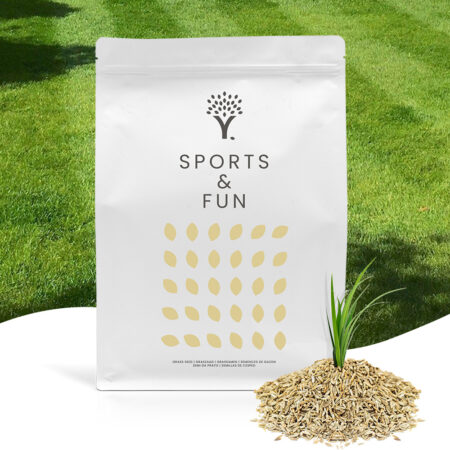
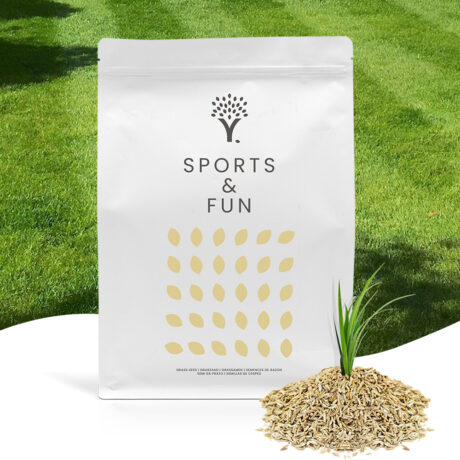

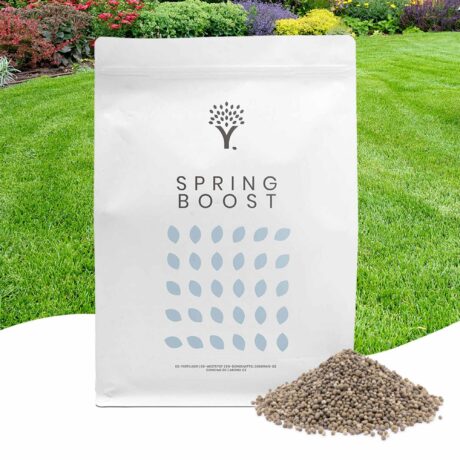
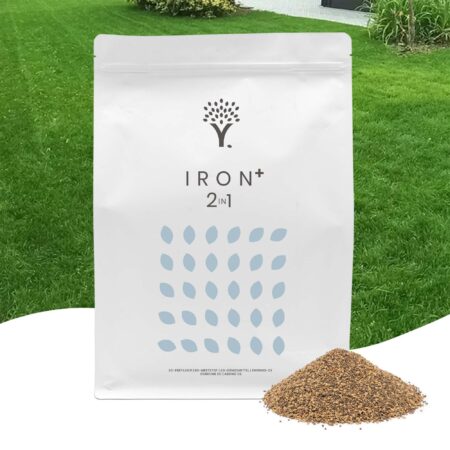
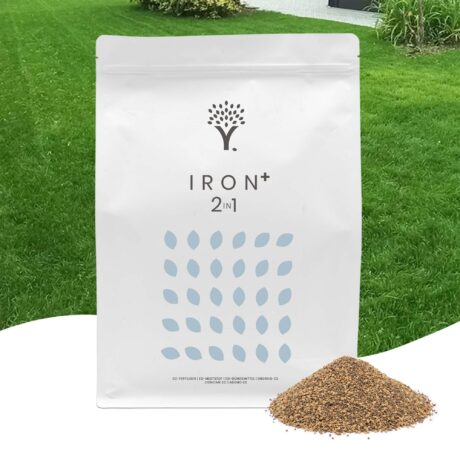


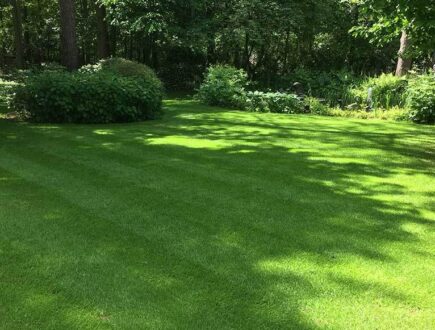
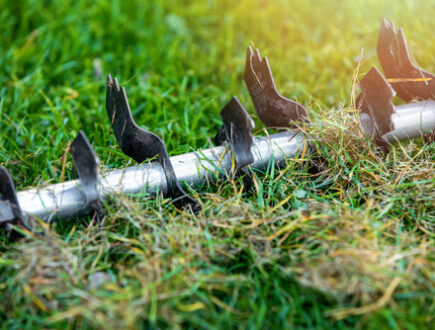








Comments (0)
There are no comments yet. Well then, what are you waiting for to
Be the first to write your comment!inaugurate this pretty page?
Do you have some comments?